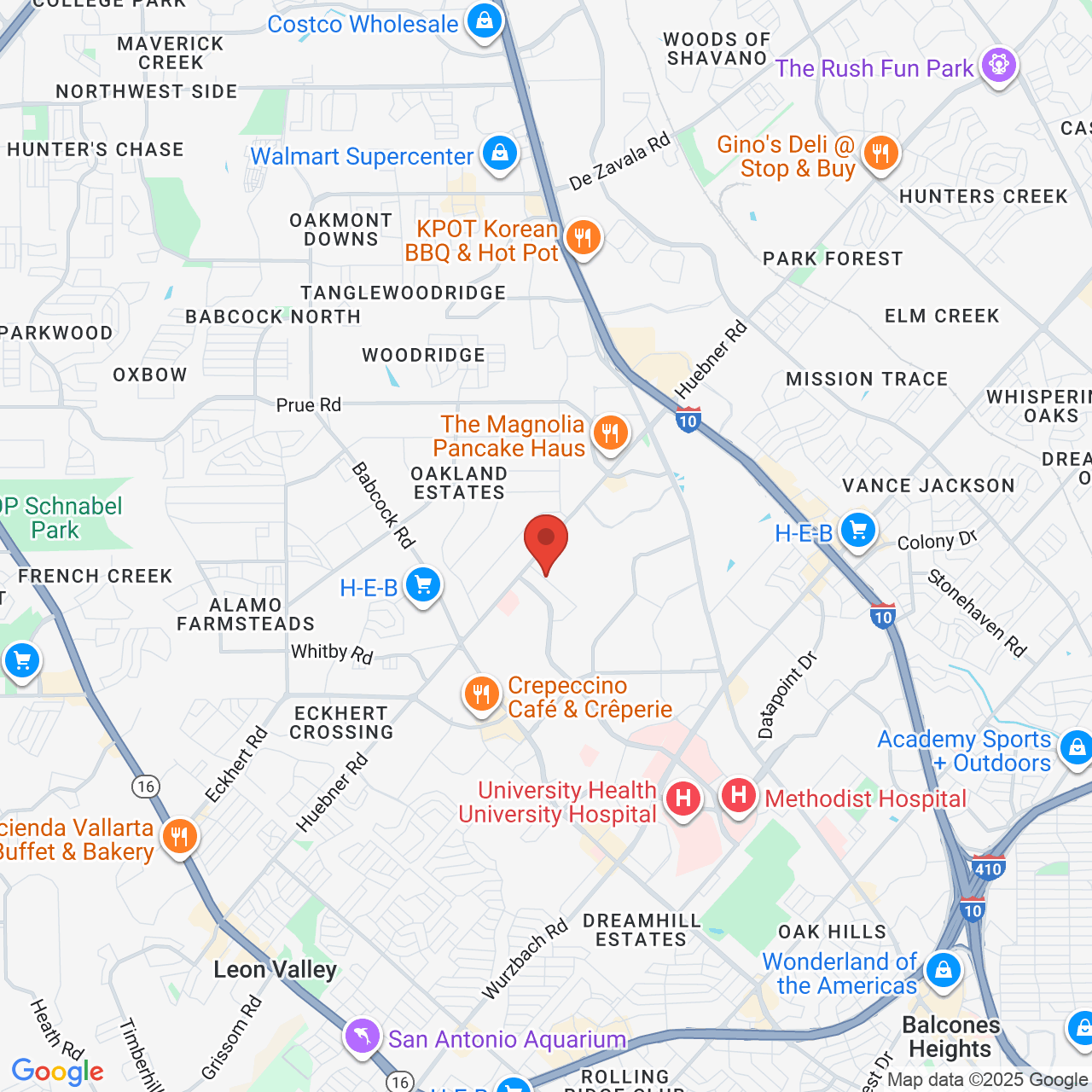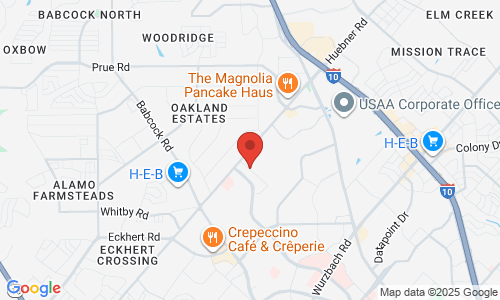Fat Transfer Candidates
 If you wish to undergo a minimally invasive treatment option to add volume to and reduce wrinkles on your face, lips, hands, or breasts, consider the fat transfer procedure. During the fat transfer procedure, Dr. Constance Barone moves fat cells from one area of the body to another. The use of your own fatty tissue eliminates the risk for allergic reaction, and the results can last longer than dermal filler injections. To find out if you are a good candidate for the fat transfer procedure, contact our San Antonio, TX practice today.
If you wish to undergo a minimally invasive treatment option to add volume to and reduce wrinkles on your face, lips, hands, or breasts, consider the fat transfer procedure. During the fat transfer procedure, Dr. Constance Barone moves fat cells from one area of the body to another. The use of your own fatty tissue eliminates the risk for allergic reaction, and the results can last longer than dermal filler injections. To find out if you are a good candidate for the fat transfer procedure, contact our San Antonio, TX practice today.
Fat Transfer Uses
The four primary cases in which the fat transfer procedure are performed include:
1. Patients undergoing breast reconstruction or augmentation, and wish to use their own fat to add volume to the breasts, or to depressions, irregularities, or scars.
2. Patients who want to reduce or eliminate scars or indentations on the hands or face, for a more youthful appearance.
3. Patients who would like an alternative to dermal fillers, to treat thinning skin and sunken areas of the face, such as around the eyes or cheeks.
4. Patients who seek wrinkle reduction around the eyes, nose, mouth, and forehead.
Candidates must be at least 18 of age, in most cases. Because the procedure involves using the patient’s own fat, an area of the body must be selected for fat harvesting. The patient must also be able to receive local or IV sedation during the procedure. In some situations, fat transfer is a minimally invasive alternative to a facelift. Dr. Barone can share her expert opinion and answer all of your questions about the procedure during your personal consultation.
Selecting an Area for Liposuction
The fat used for fat transfer is autologous, which means we collect it from the patient’s body and move it to the desired location. Most often, fat transfer harvest sites are the buttocks, outer thighs, lower back, hips, abdomen, or jowls. Using a small tube called a cannula, fat cells are liposuctioned from the donor area. We must then place the collected cells in a centrifuge to isolate the cells for injection at the recipient site.
The Transfer Process
Moving fat to the face, hands, or breasts involves injecting the cells into target areas. Fat transfer may be performed in conjunction with other procedures, such as breast procedures or liposuction (other than harvesting).
Risks of Fat Transfer
This procedure poses minimal risk to the patient. Because the patient’s own fatty tissue is being used, there are no allergy risks. Many patients opt for fat transfer because results can last for 10 years.
Recovery and Results
After the procedure, you’ll experience some swelling and bruising, but this will subside shortly. Most patients return to work and other activities the day of or after treatment, though some prefer to take time off until swelling subsides. You’ll take a pain reliever as needed, though there will be little discomfort.
Fat transfer will relocate adipose (fatty) stem cells, so in addition to adding volume to target areas, the procedure may also increase blood circulation in the transfer site. Because of this, the results can improve skin quality and texture.
Contact Our Surgery Center to Learn More
Are you ready to discuss fat transfer and find out if it’s the right treatment for you? Schedule a personal consultation with Dr. Barone today, and she’ll take time to evaluate your condition, learn your concerns, and recommend the most appropriate treatment options. Contact our office today to learn more about fat transfer candidacy.







